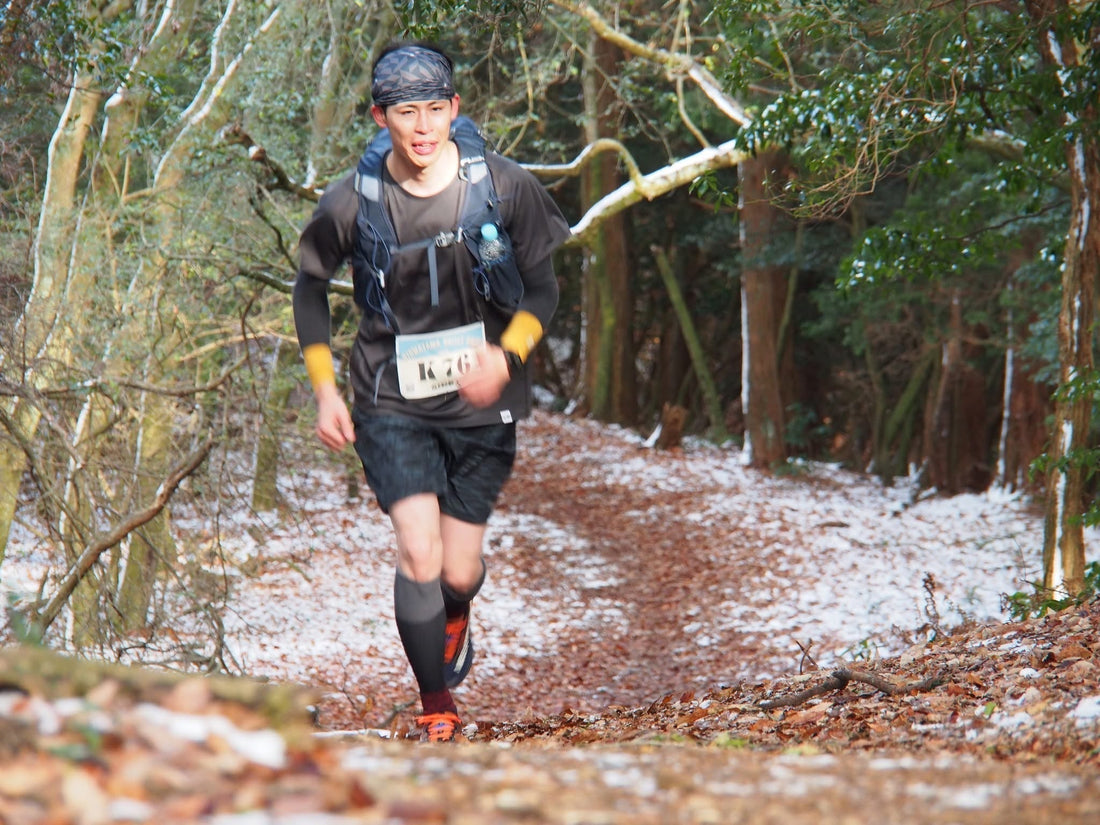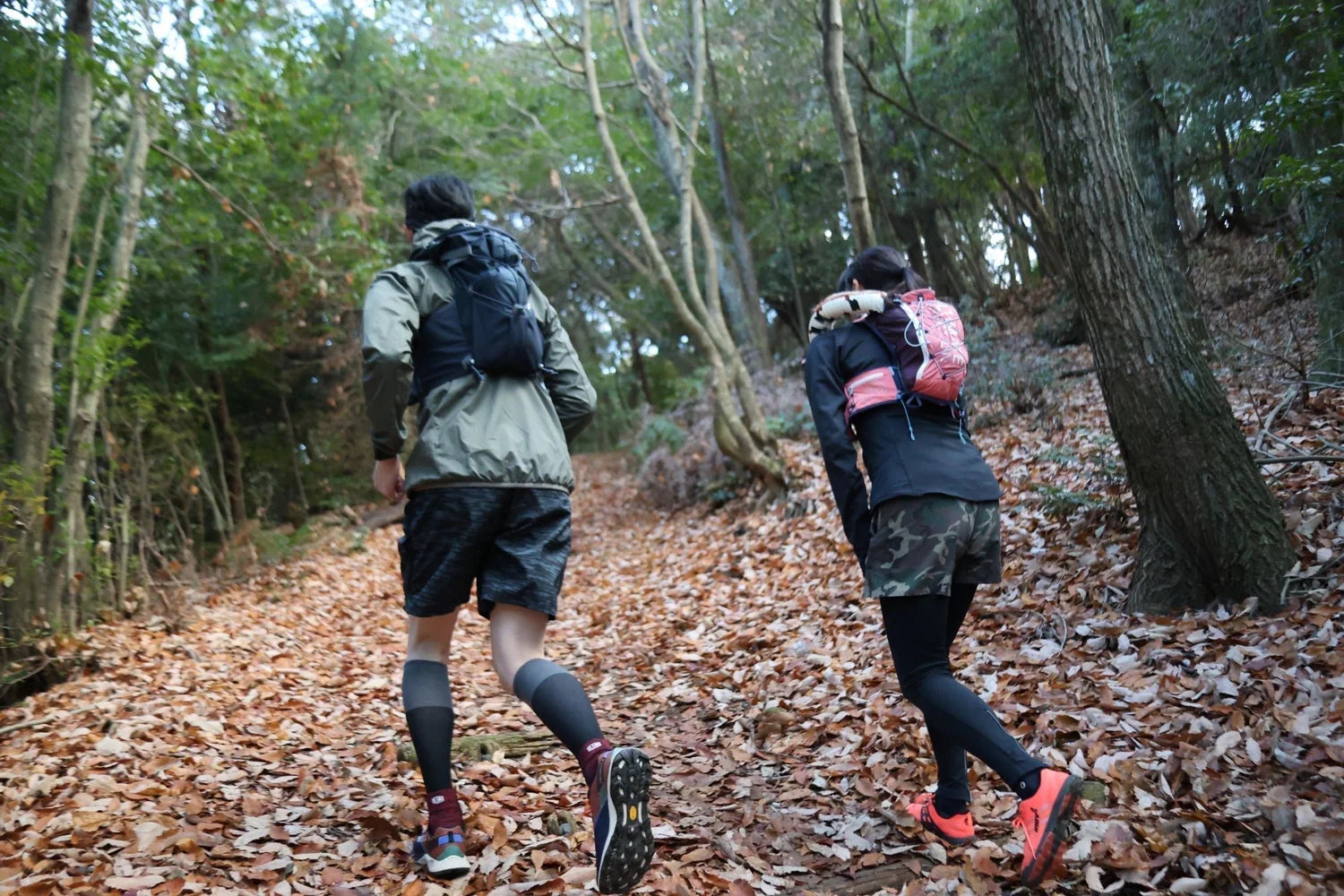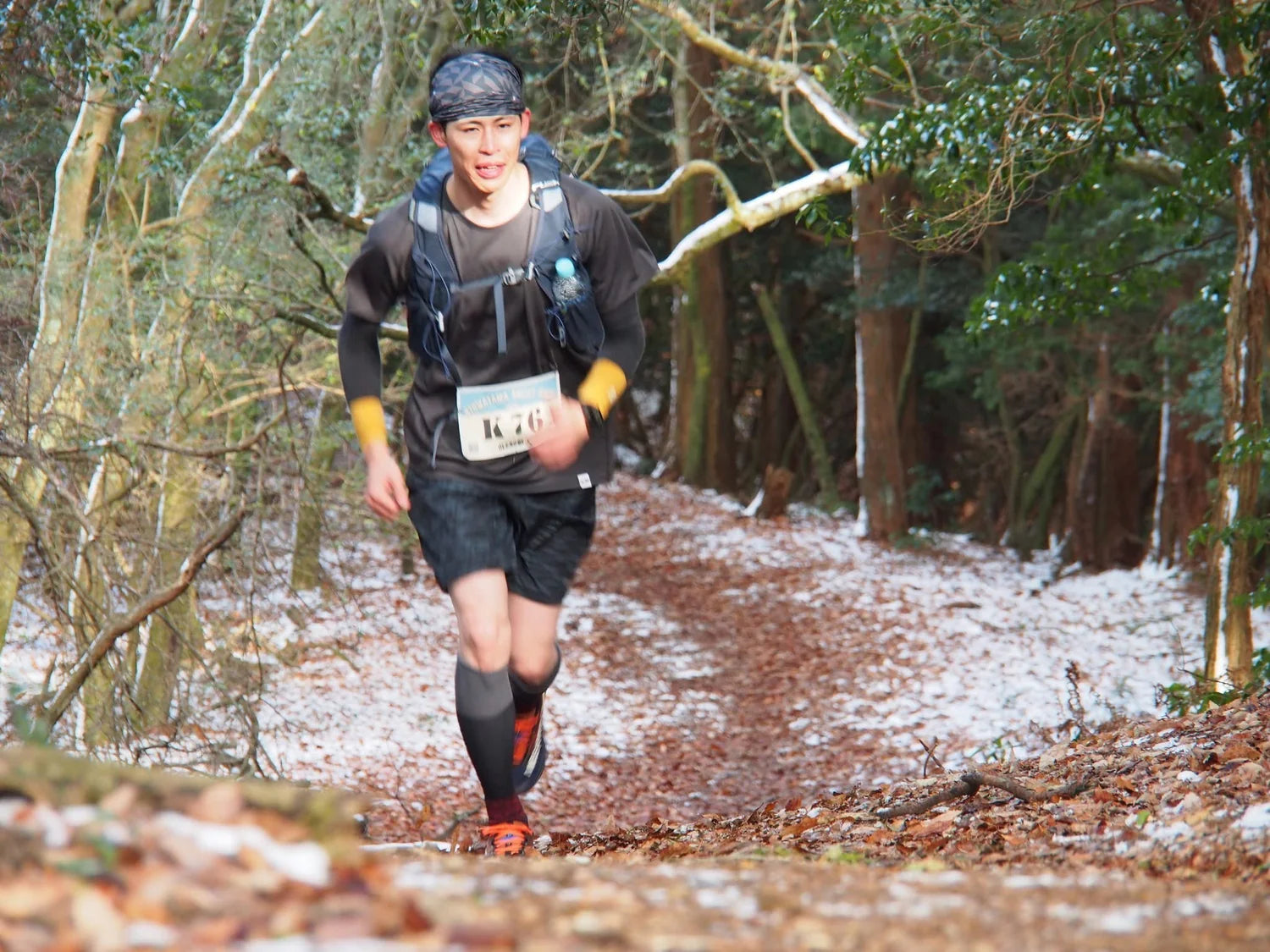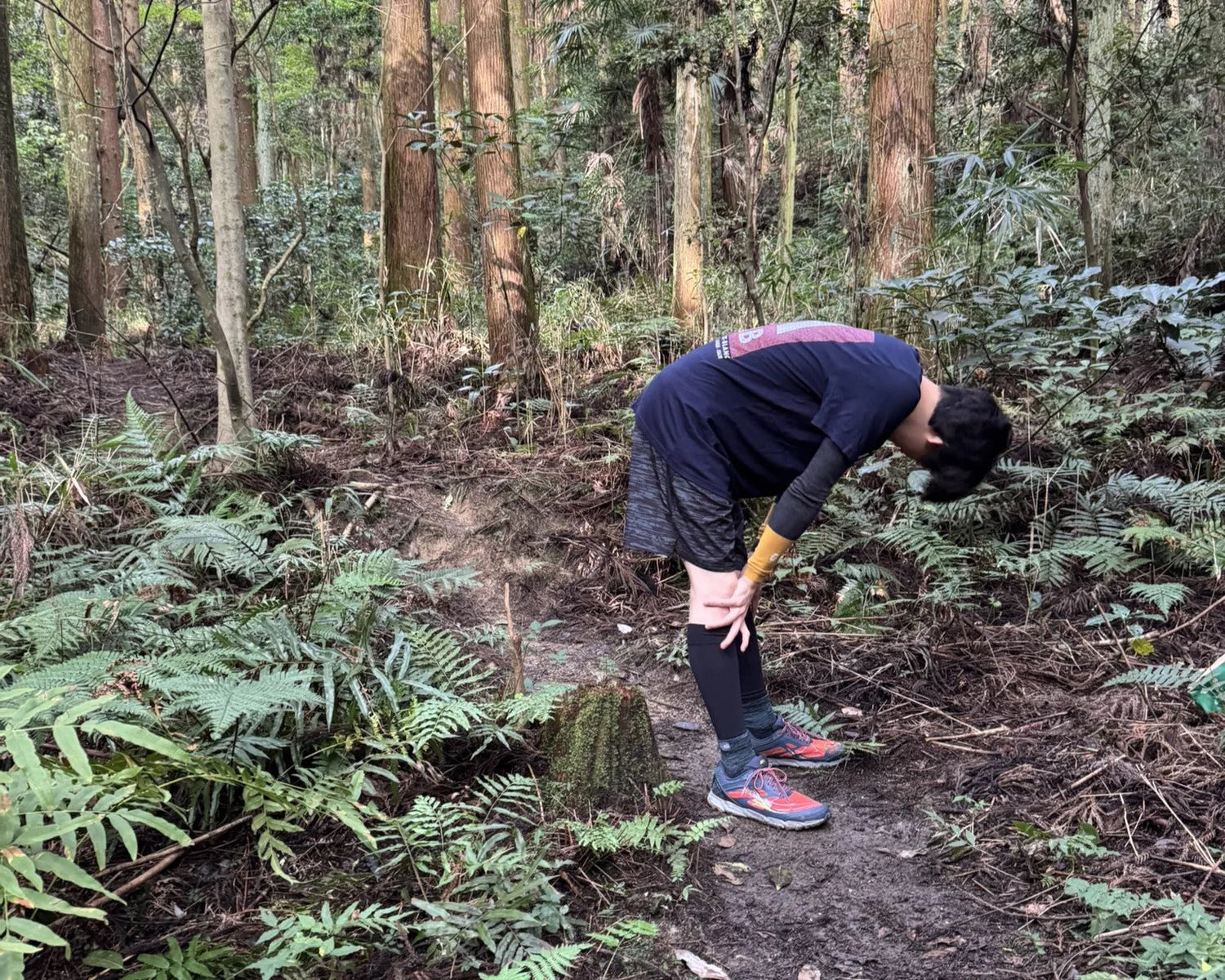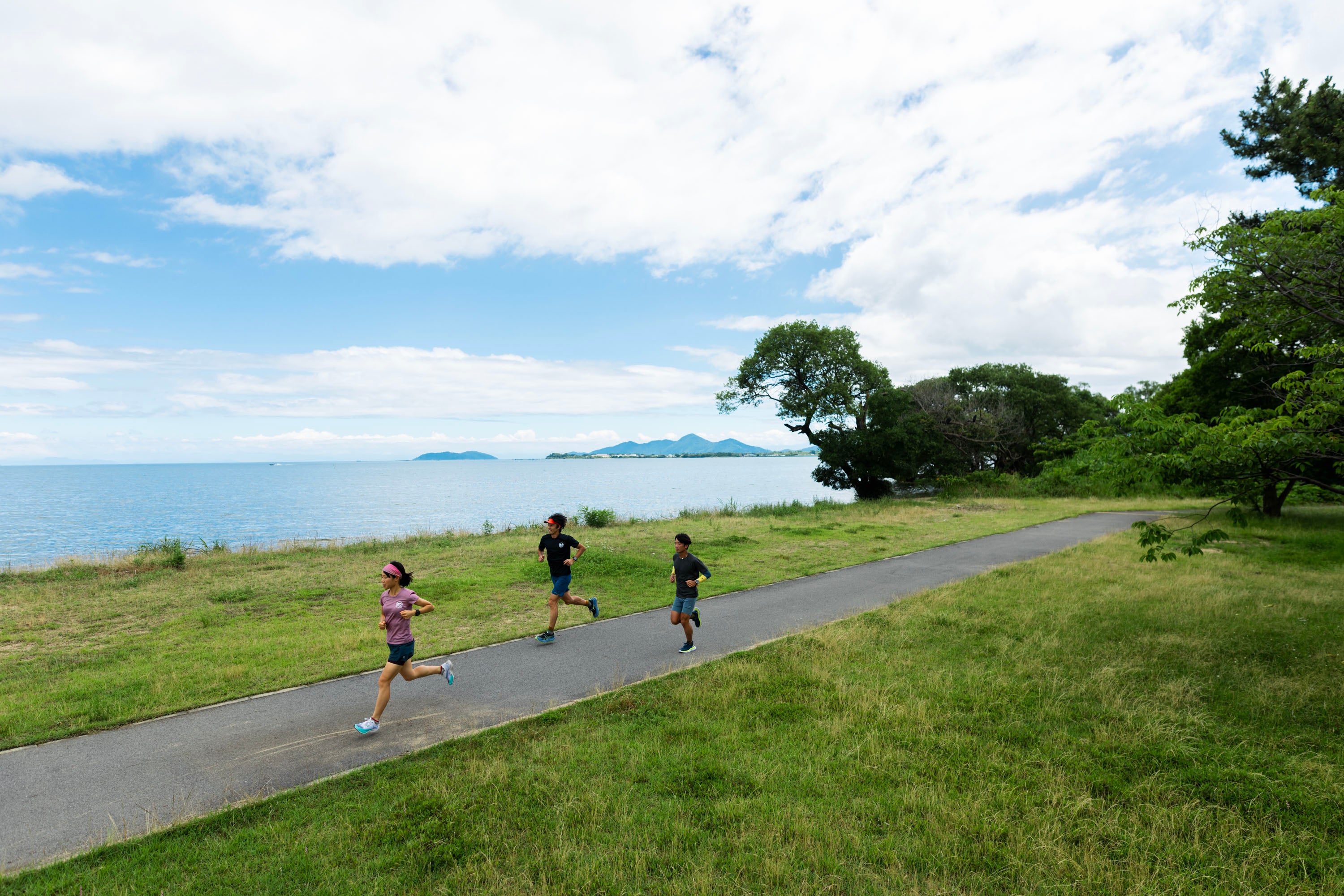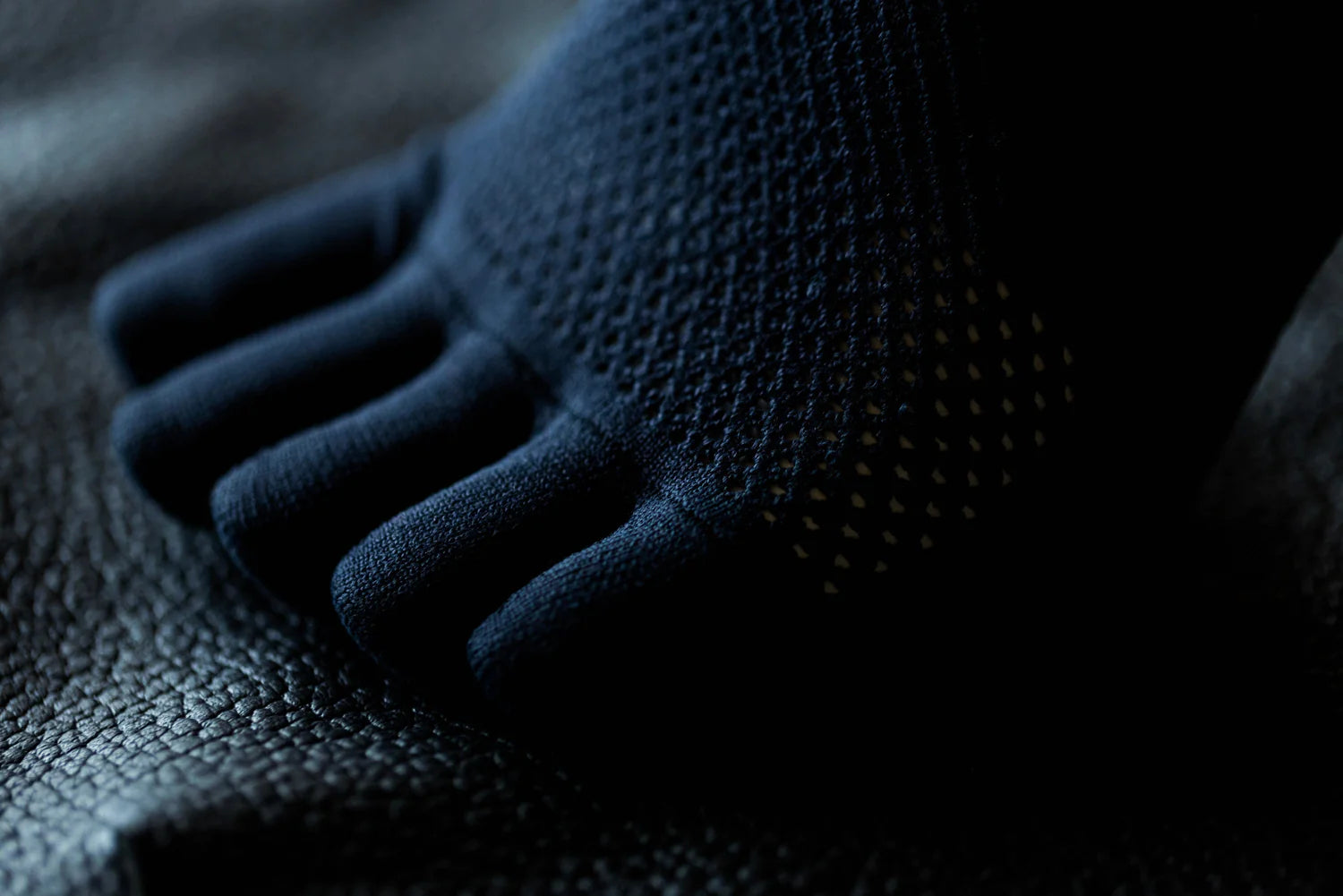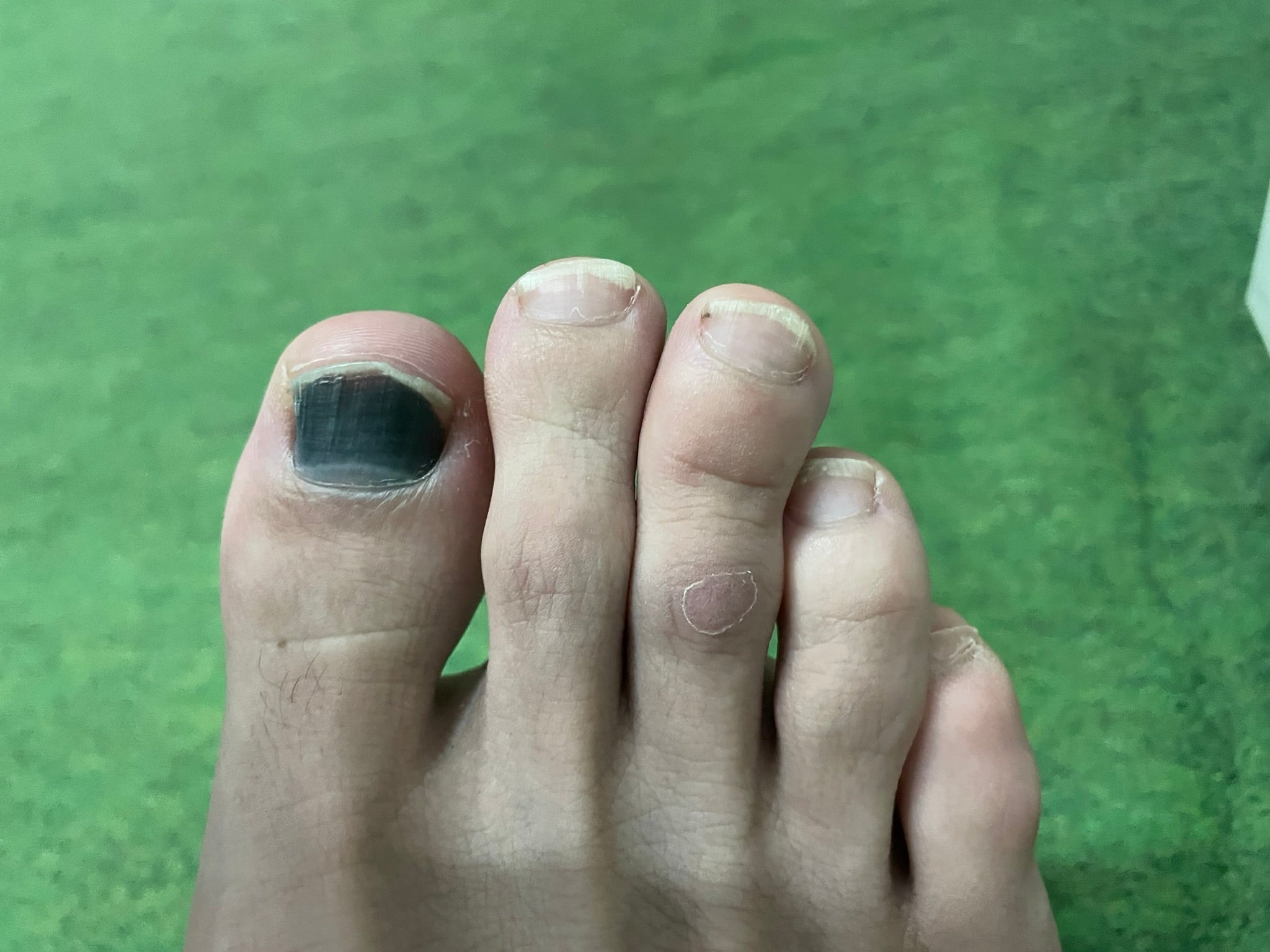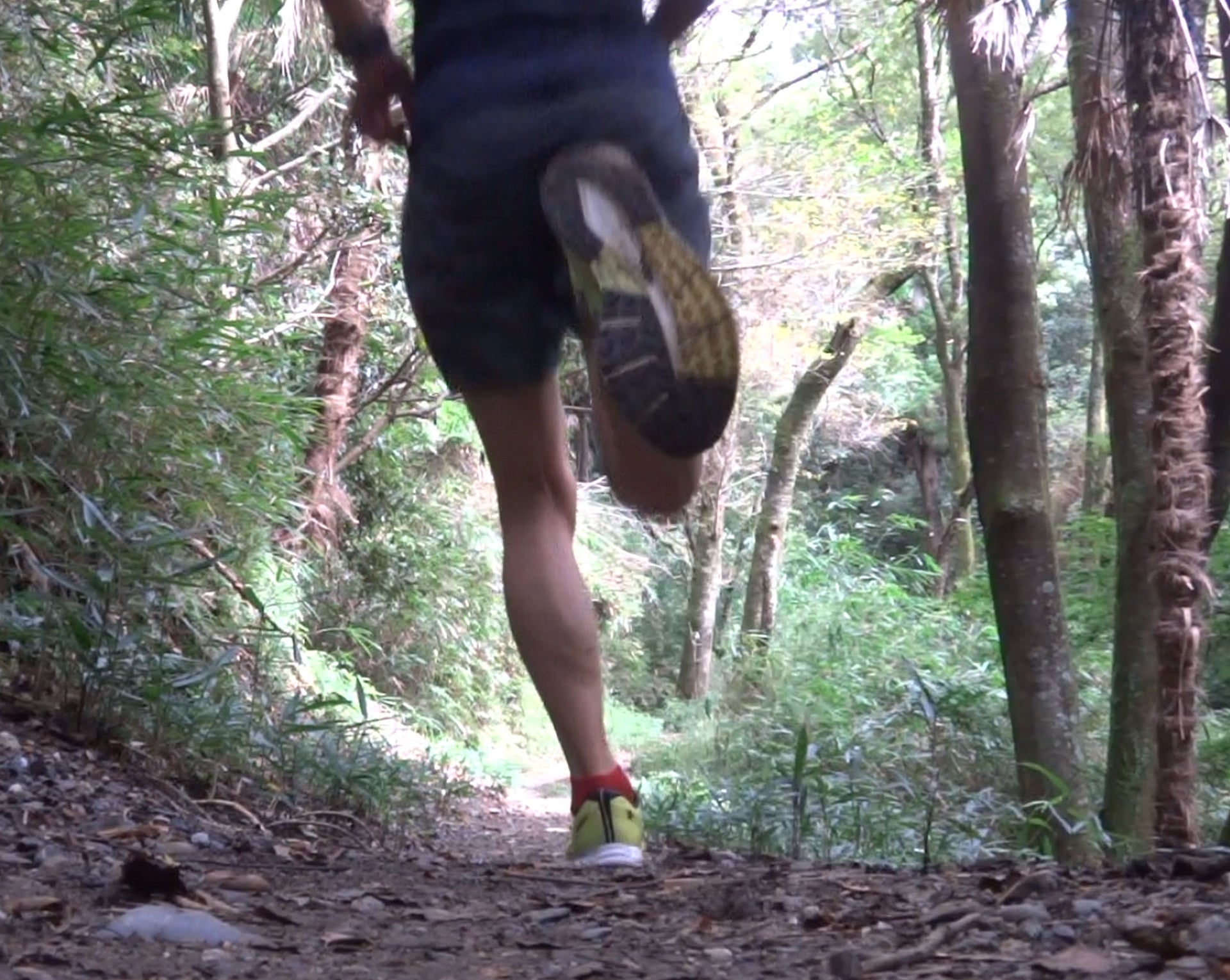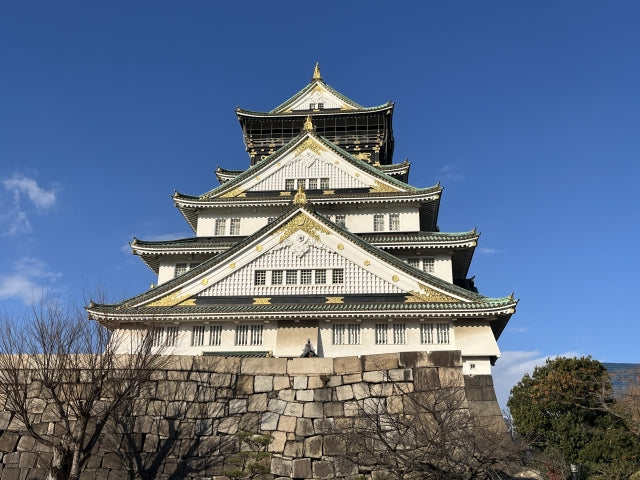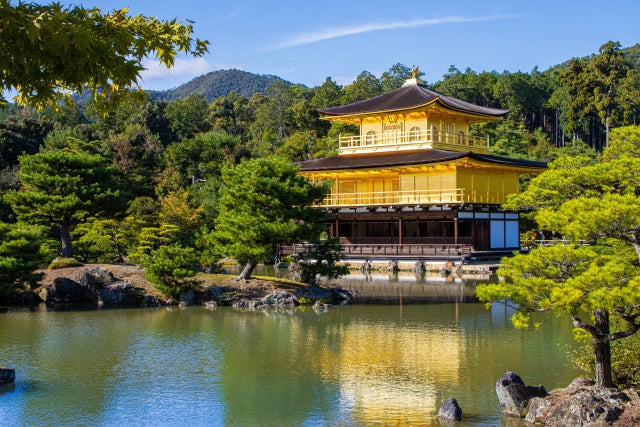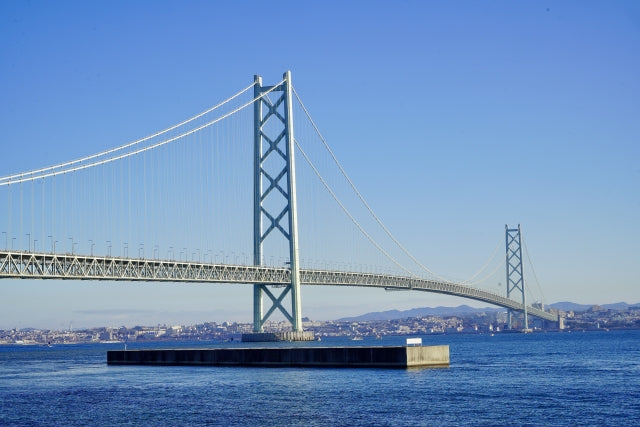My name is Hiroki and I am a new staff member at OLENO.
Last time, in my blog about my first trail run, I only briefly mentioned equipment. There are a lot of articles like "Beginners Must-Read! Necessary Equipment for Trail Running!" so I thought I would leave that to them.
However, there are many articles encouraging people to "get fully equipped to have fun," which may be fine for people with a certain amount of wealth, but I feel that this is one of the factors that makes it more difficult for people like me who don't have that much money to spare.
"Just gather the bare minimum and try running!"
So, I thought I would write about the minimum equipment I felt was necessary from the perspective of a 30-year-old with less than 200,000 yen in savings and barely making ends meet each month . (This is just my personal opinion.)
There is always something
T-shirt and pants

Basically, anything that is for sports is fine, so it's best to decide based on your favorite brand , design , and silhouette .
The minimum required functions are moisture absorption and quick drying, and the higher the moisture absorption and quick drying performance , the less discomfort you will feel when you sweat and the less cold you will feel when you take a break. However, since the quality varies by brand, I think you can get a T-shirt and pants with satisfactory performance within 7,000 yen each .
To avoid any regrets, it might be a good idea to go ahead and buy a T-shirt made specifically for running that is highly absorbent and quick-drying , or a high-quality T-shirt made from merino wool .
Base layer (inner layer)
Unlike road running, you sweat more than you think, and the difference in temperature you feel is greater, so there is a limit to how much sweat you can absorb and dry with just clothing. As someone who has experienced the hell of "my clothes are soaked and my body is getting colder and colder," I think it's definitely better to wear an inner layer to protect yourself.
You can buy innerwear at Uniqlo, but don't compromise and buy something good. I recommend the finetrack brand (4,000-5,000 yen) because it was better than I expected.
finetrack (Finetrack) List of sweat-proof underwear (dry layer)
back
To be honest, I was a little hesitant about this. The amount of gear you need to bring will vary depending on the distance and mountain you plan to run on, so it's best to buy gear after determining the distance and mountain you can enjoy.
For example, if you mainly do road running and occasionally do trail runs of about 10km, you'll be fine with just a minimal backpack, or even none at all.
On the other hand, if you are running a trail for 50km or more, you will need a change of clothes, drinks, and food, so a larger trail running bag will be required.
As for me, I mainly do trail running, but I also want to do some trekking (mountain climbing), so I only purchased an 11.5L bag (medium in size) and I run short distances of 10km.

Considering the possibility that I may become interested in longer distances in the future, I think it would be safe to get a fairly large bag like me, but trail running bags are quite expensive, with the average price being around 15,000 to 30,000 yen .
By the way, here's a link to the trail running bag I use.

drink

If you are a road runner, you can run up to about 10km without a drink. Even if you are running 20km or more, you can bring some coins to buy drinks at vending machines along the way, but you can't do that with trail running, so be sure to bring a drink even if you are running a short distance.
I always bring 1L of water with me, but 500ml may be enough if I'm traveling within 20km. But it's better to be on the safe side. It only costs about 150 yen .
Shoes
I strongly recommend shoes for trail running. You can run in running shoes, but they tend to slip quite a bit on the way downhill . Moreover, the ground is often wet with humidity on the mountain, so there is a high risk of falling, and the slope makes it even more difficult to fall. (My phone screen broke.)
Prices vary depending on the manufacturer, but trail running shoes cost nearly 20,000 yen . I wasn't interested in the latest models, so I bought an older model that was on sale for a little over 10,000 yen during the New Year's sale.

socks
Socks are surprisingly often overlooked. I recommend wearing socks that are tear-resistant and have a strong grip . Even if you wear shoes that fit you perfectly, your feet will slip inside the shoes when you go down a mountain, and your toes will hit the toes of the shoes every time . This can cause the toes of your socks to tear, or the inside of your nails to bleed and turn black (black nails) . I've seen people lament, "I can't wear sandals in the summer because my nails turn black."
When I ran about 23 kilometers wearing normal socks without any anti-slip properties, my nails turned completely black. (※Sorry for the dirty pictures※)

So, it's a good idea to wear socks that have a strong grip (with anti-slip properties) and are durable enough to hold your feet firmly in your shoes when going downhill. The average price is around 1,500 to 3,000 yen .
I have written an article about the benefits of trail running socks, so please take a look if you are interested.
Also, this is not a stealth marketing ad or anything, but I highly recommend the trail running socks from OLENO, the company I work for. (laughs) They have amazing grip and durability.
OLENO Trail Running Socks Lineup
*Video comparing grip strength with regular sports socks
*Click on the image to watch the video.
Wind Shell
This is a measure to prevent cold sweat. Even if you take precautions with a base layer (inner layer) and a T-shirt, winter trail running is still tough. It's hot when you're running, but if you stop or take a break, your body will cool down in an instant. So, if you're going for a winter run, be sure to have these.
Since it is classified as outerwear, it is a little expensive, but prices vary depending on the manufacturer, so it is best to look for something around 15,000 yen .
gloves
While they are designed to protect against the cold on winter trails, they are primarily used to prevent injuries .
Just like when going uphill, when going downhill, I adjust my speed while running, but if I just brace myself with my feet, I lose my balance, so I hold down a nearby tree with my hand to slow down. If I hold it bare-handed, the branch will pierce me, so that's how it feels.
Not required, but at your own risk
Although not included as minimum equipment, we will introduce the equipment you will need in case of an emergency.
bell
It's a bear repellent bell. According to popular belief, the average number of incidents of ordinary people, other than hunters, being attacked by bears in Hokkaido in the 49 years from 1970 to the end of 2018 is only 1.2 cases per year. The probability is 0.04% to 0.06% , and for example, the probability of being involved in traffic accidents is about 0.2%.
However, be aware that when taking part in competitions or races, bringing a bell may be a condition for participation.
Emergency seat

It is a silver aluminum sheet that is worn over the head to keep warm if you are lost and waiting for rescue. Considering the probability of being lost, it is not necessary to have one, but like bear bells, it is often a condition of participation in competitions.
Change of clothes
You can get by without bringing anything, but most people probably take it with them to wear when they get home. If you do get lost, you'll need to wear dry clothes to prevent hypothermia, so it's better to keep it in your bag if possible, rather than leaving it in a locker at the station or in your car.
Above, I have explained the minimum equipment required for your first trail run. When I went trail running for the first time, I was very stressed because I didn't even prepare the things I introduced today, so I hope you will use this as a reference.
[Trail running trend news]
・7 recommended trail running races for beginners in Kansai
・The most popular item in 2024! Ultimate ASO, trail running socks that integrate shoes and feet

